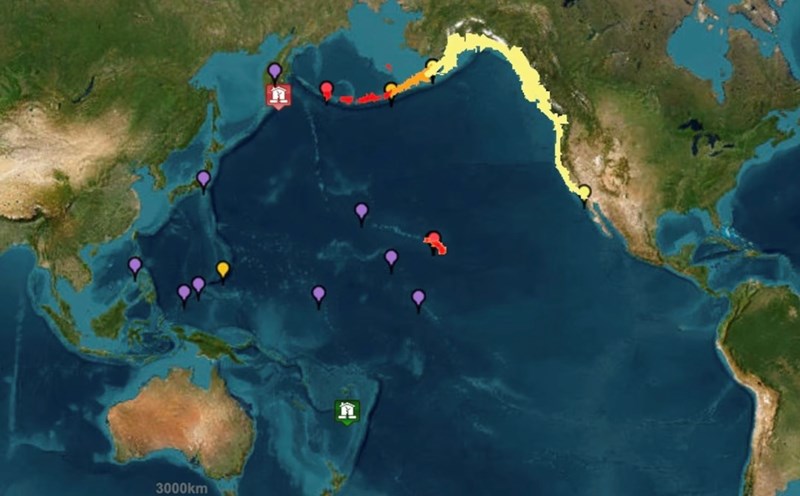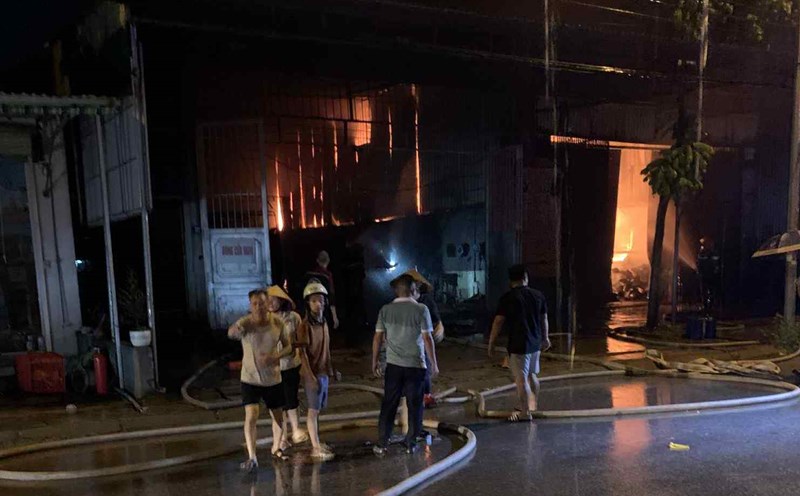Water levels were recorded over 1.2 m in Haleiwa, the northern coast of Hawaii's Oahu, according to data from the US National Oceanic and Atmospheric Administration (NOAA).
The water level may rise and fall as more waves approach.
Hawaii is preparing for potential savings of up to 3 feet above normal.
Before making landfall in Hawaii, the Midway Coral Island, a group of US islands about 1,600km northwest of Hawaii's main archipelago, recorded water levels rising more than 90cm, according to the Pacific Warning Center for Wardens.
This is officially the highest level of sunshine recorded in the open ocean in the northern Pacific Ocean to date.
Countries around the Pacific are also responding to the effects of sunny.
In Russia, an earthquake off the east coast of the country damaged several buildings, including a crumbling kindergarten. The storm also arrived shortly after, with several waves hitting the Severo- Kurilsk region at the southern tip of Kamchatka Peninsula, Russia's far east.
According to TASS news agency, Severo- Kurilsk district has declared a state of emergency. The circulating video shows water flooding into buildings, damaging industrial infrastructure and sweeping away large pieces of debris.
In Japan, sunsones have hit many areas on the east coast, from Hokkaido Island in the far north to most of the Honshu island, including areas near the Tokyo urban area. So far, waves as high as 60cm, much lower than the initial forecast of 3m, have been recorded in Japan.
More than 1.9 million people in 21 provinces and cities in Japan are being advised to evacuate locally, with images showing some people in Hokkaido taking shelter on building roofs.
After the strong earthquake of 8.7 on the Richter scale off the coast of Russia, many other countries and territories around the Pacific have also issued warnings, warnings and monitoring for sunscreens, including the Philippines, Indonesia, Chile, Peru, Ecuador, Mexico, Panama and Taiwan (China).











